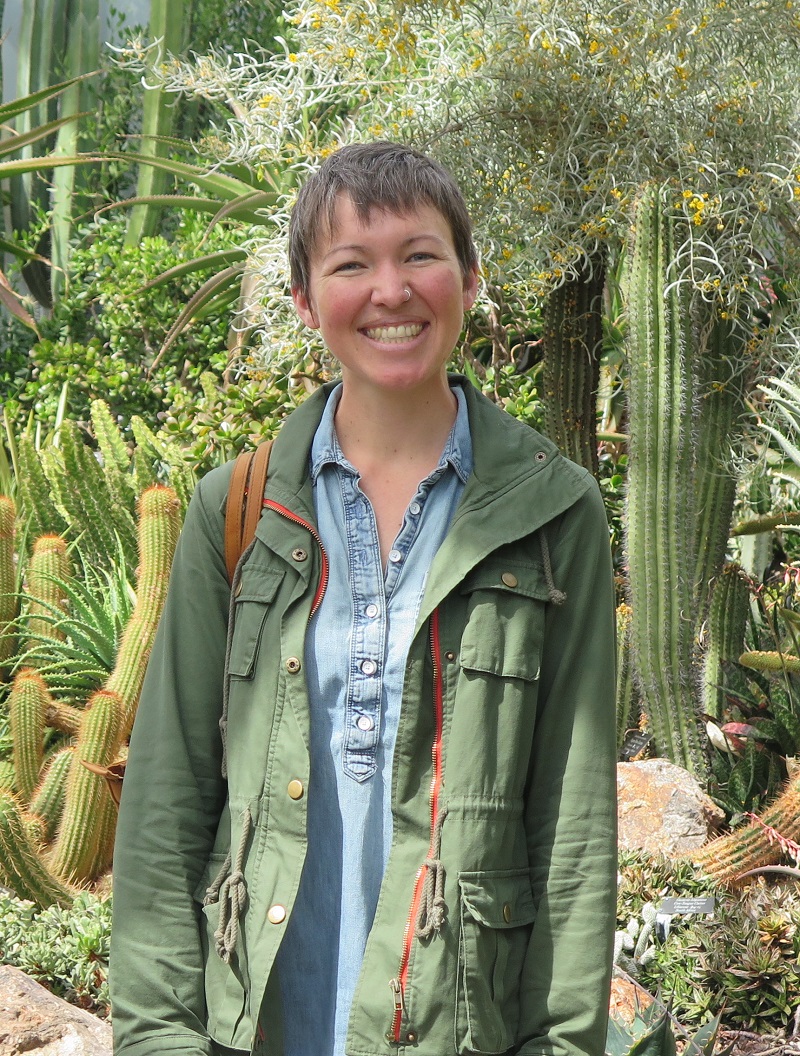No one wants to live in a world without fireflies. Recognizing the need for an organized approach to firefly conservation, co-chairs Sara Lewis and Sonny Wong formed the IUCN Firefly Specialist Group (FSG) in 2018. Since its inception, the group’s mission has been to compile existing knowledge for over 2000 lampyrid species worldwide, identify major extinction threats and risk factors, increase public knowledge of fireflies, and promote long-term conservation efforts. This group now has 26 members in 6 regions, and it continues to grow.
Understanding ecological risk factors and threats to fireflies
Fireflies have diverse life histories, and a key first step to understanding ecological risk factors for fireflies is identifying life history traits for each species. In 2019, the FSG North American subgroup developed a database of firefly life history traits for 170 species found in the United States and Canada. Built upon an extensive literature review, this database then underwent a period of expert review by firefly researchers familiar with North American species. Other regional subgroups are now using this database as a template to compile data for their local species.
This database has proven enormously useful for understanding what fireflies need to thrive, and how different threats might affect them. Several members of our group recently used this database to identify firefly threats and risk factors and determine how these, as well as their interactions, may predict extinction risk for North American fireflies. The database also informed the development of firefly conservation guidelines, which were created to help the public and land managers understand the needs of North American fireflies and what they can do to help. Most recently, members of the IUCN FSG published a global perspective on firefly extinction threats, the first comprehensive review of the threats facing fireflies. This study, which identifies habitat loss, light pollution, and pesticide use as the top three global threats to fireflies, has been featured in major media outlets ranging from the New York Times to the Guardian and Le Pais, including a radio interview from BBC Radio 5 Live.
Red List Assessments
Building on the groundwork described above, IUCN Red List assessments for over 130 North American species are now underway. In May 2020, IUCN strategic partner ABQ BioPark will host a Red List training and assessment workshop for FSG members from the US and Mexico. A second training workshop is being planned for FSG members from Europe and Asia at the International Firefly Symposium in Portugal this June.
Protecting firefly populations
As we work to learn more about the conservation status and extinction risk of each of our 2000+ firefly species, several stand out as needing imminent protection. One example is the Bethany Beach firefly, a habitat specialist endemic to Delaware USA, that was recently petitioned for Endangered Species Act listing in the US. Our Specialist Group is also in the process of developing guidelines for sustainable firefly tourism, a growing threat in certain regions.
In addition to assessments, we are also beginning to work on conservation planning for anticipated threatened species. A preliminary conservation planning session for stakeholders involved with ecotourism sites in Mexico will be held in conjunction with the May 2020 Red List training in New Mexico. In some places, Key Biodiversity Areas (KBAs) have been identified as potential mechanisms for protecting synchronous firefly sites. A preliminary workshop to discuss the development of KBAs occurred in Malaysia in 2019, and additional discussions are planned for the 2020 firefly symposium in Portugal.
About the author

Candace Fallon is a Senior Endangered Species Conservation Biologist at the Xerces Society for Invertebrate Conservation based in Portland, Oregon, USA, and a member of the Firefly Specialist Group (FSG) of the IUCN’s Species Survival Commission. Fallon works with a diverse range of at-risk invertebrate taxa, including butterflies, beetles, aquatic macroinvertebrates, and freshwater and terrestrial mollusks. Most recently, she has been working with FSG members and partners to assess the extinction risk of North America's fireflies. Together with Sara Lewis, she serves as co-chair of the North American section of the FSG and is the lead author of one of Xerces’ newest publications, Conserving the Jewels of the Night: Guidelines for Protecting Fireflies in the United States and Canada.





